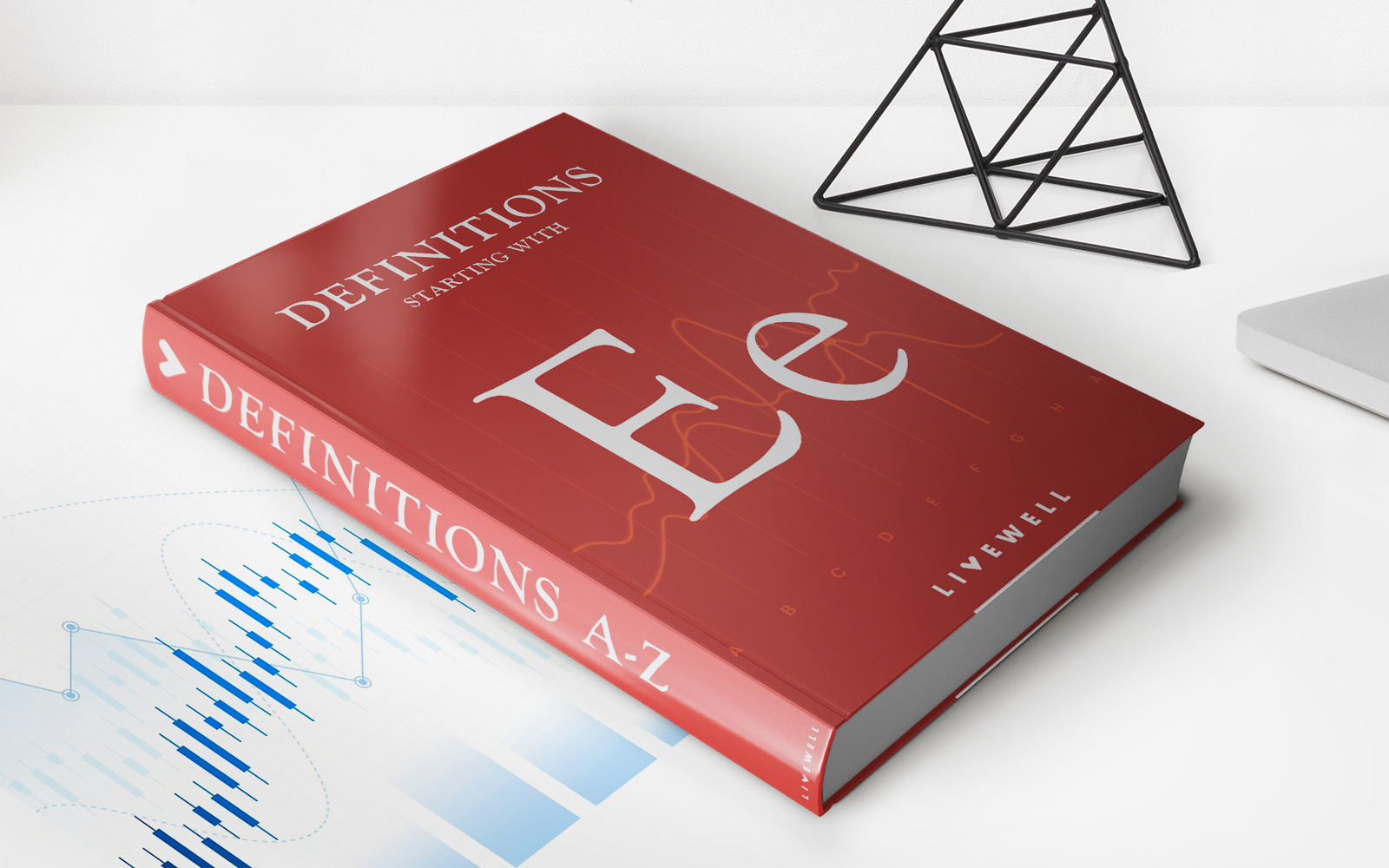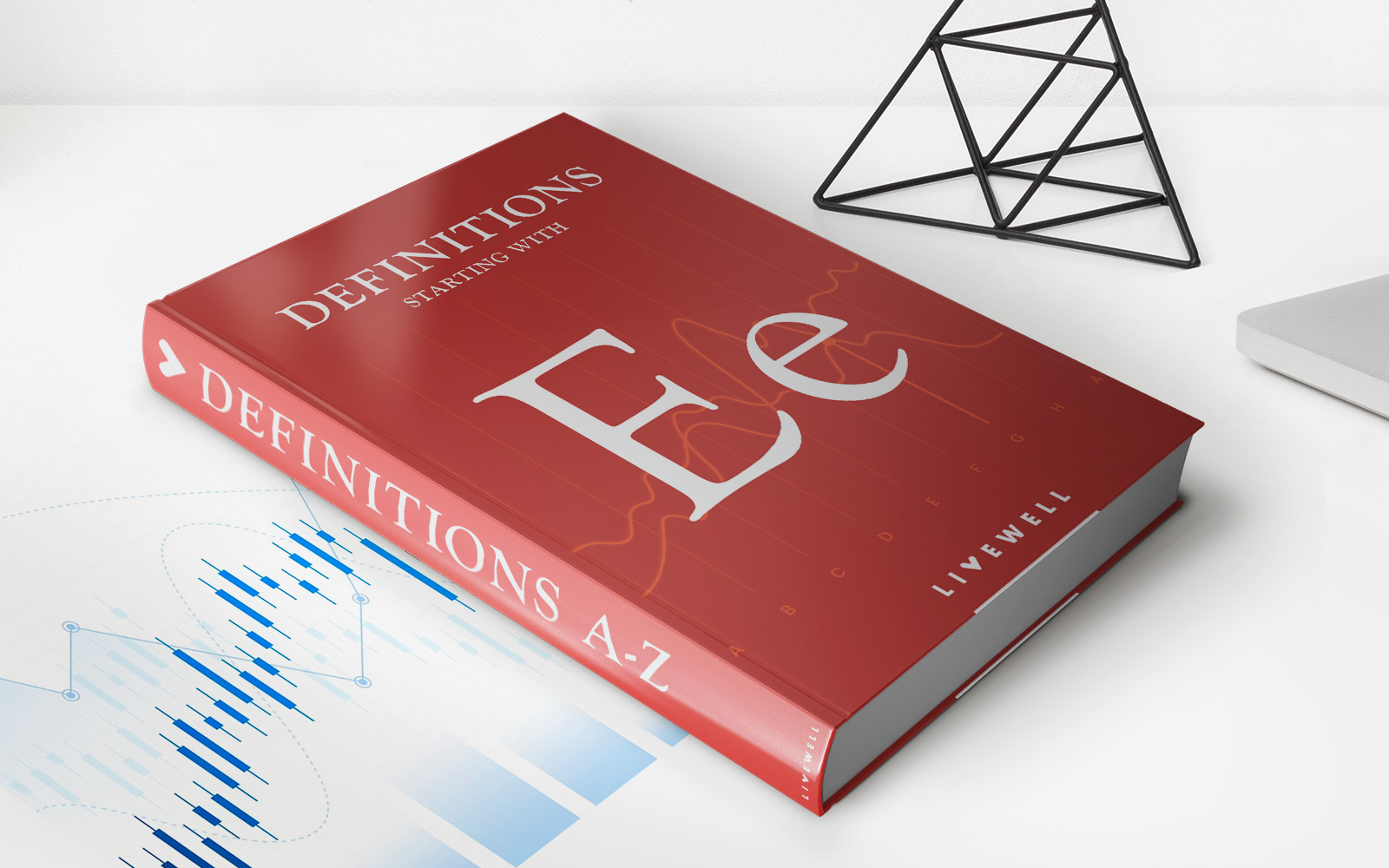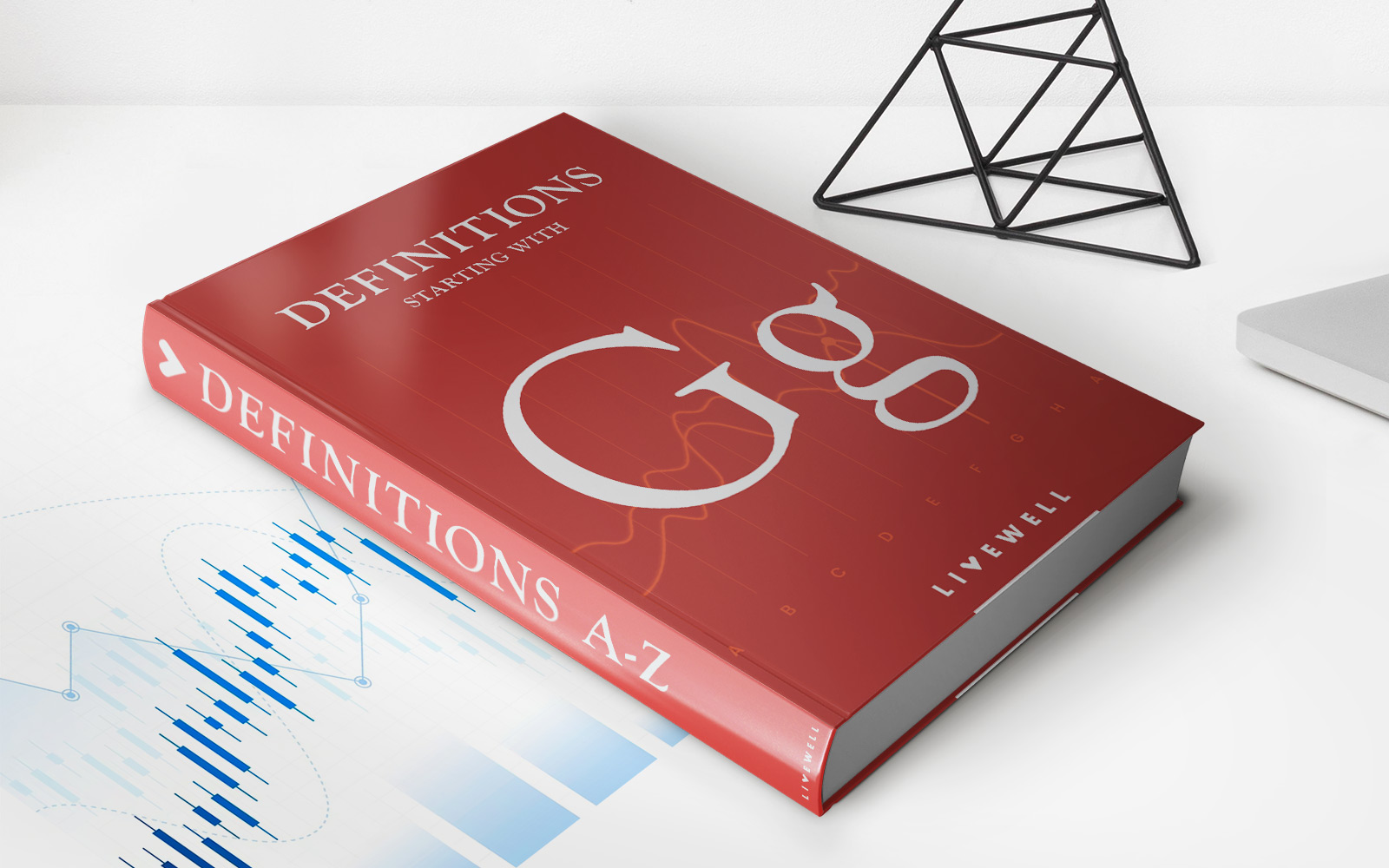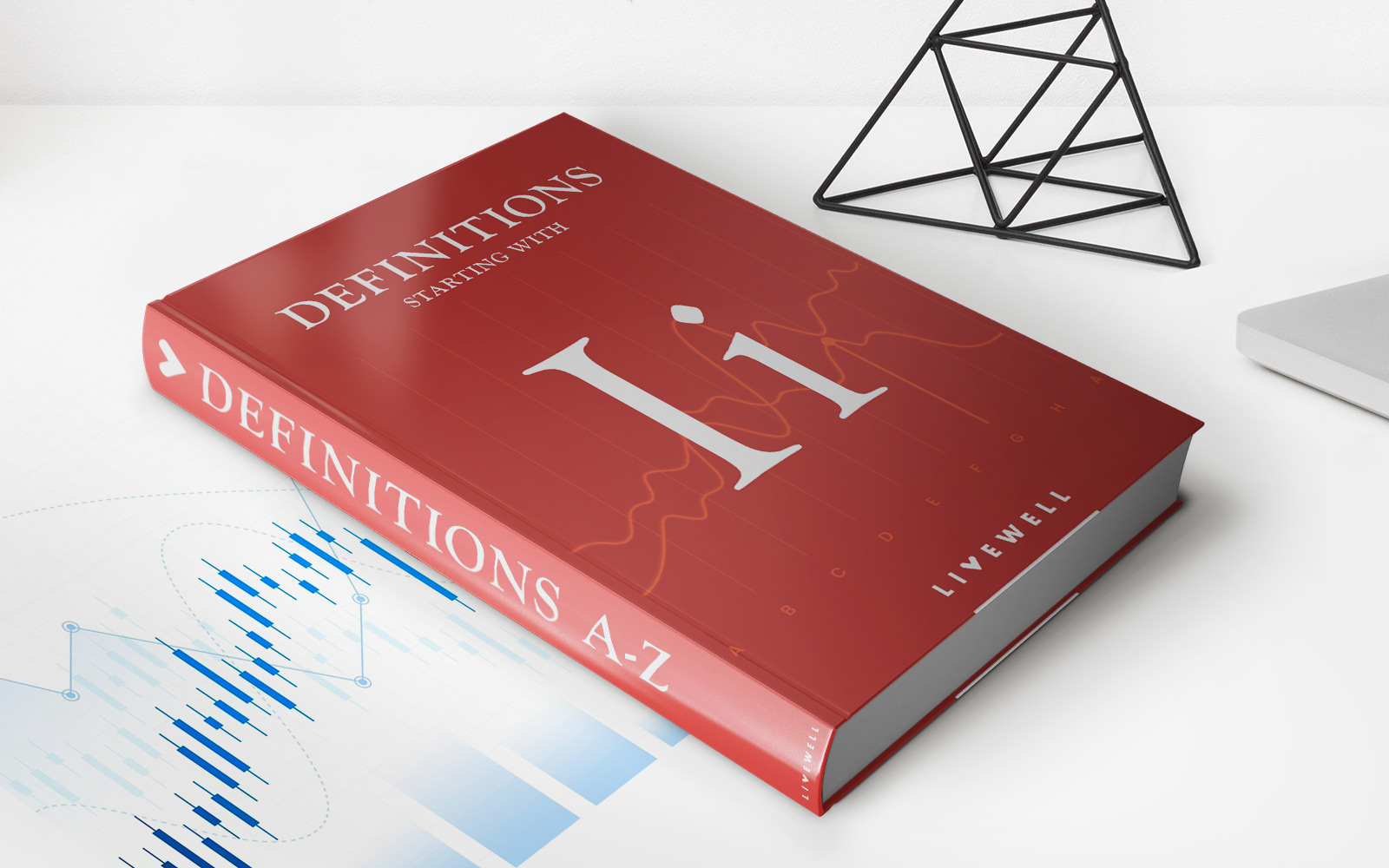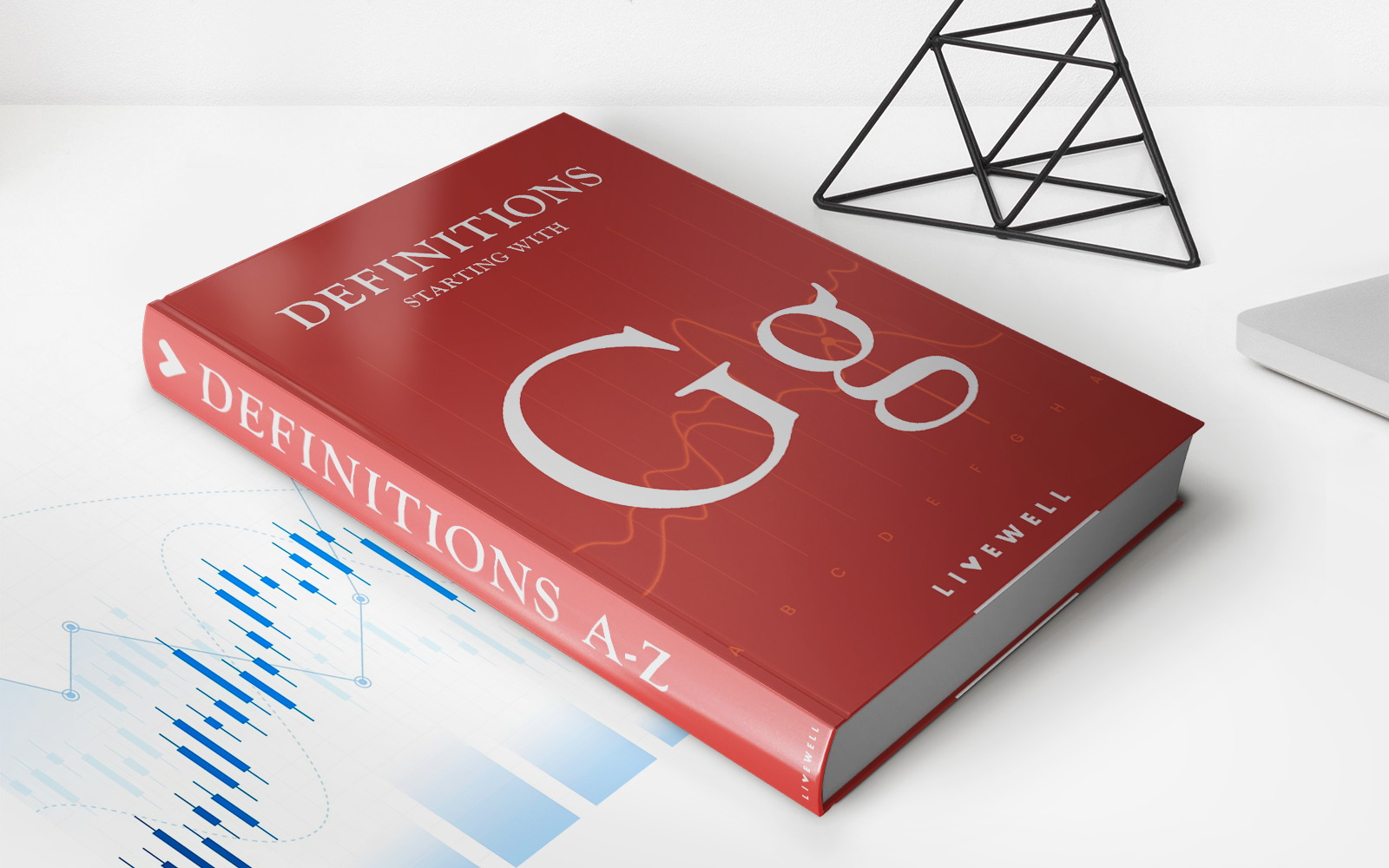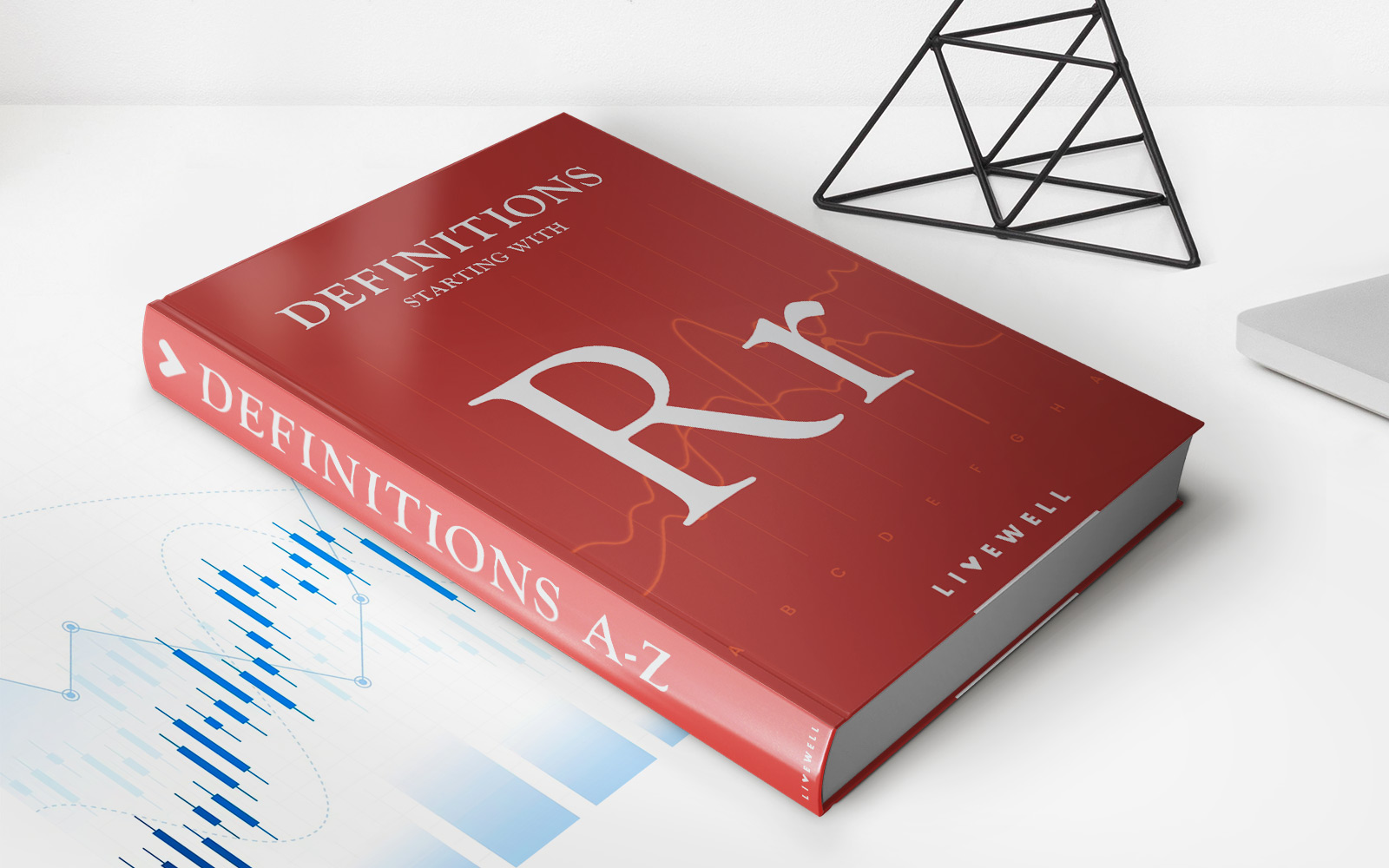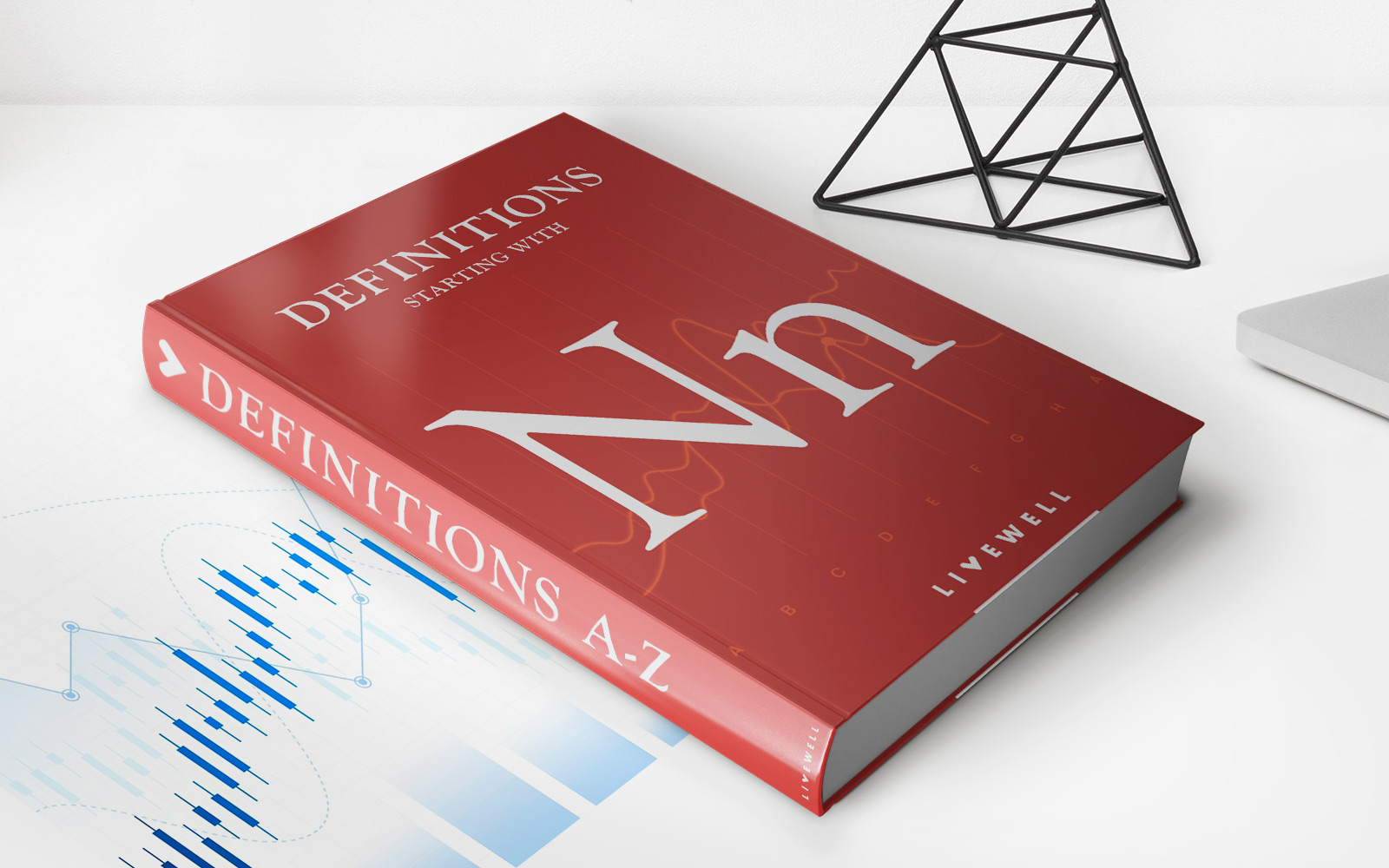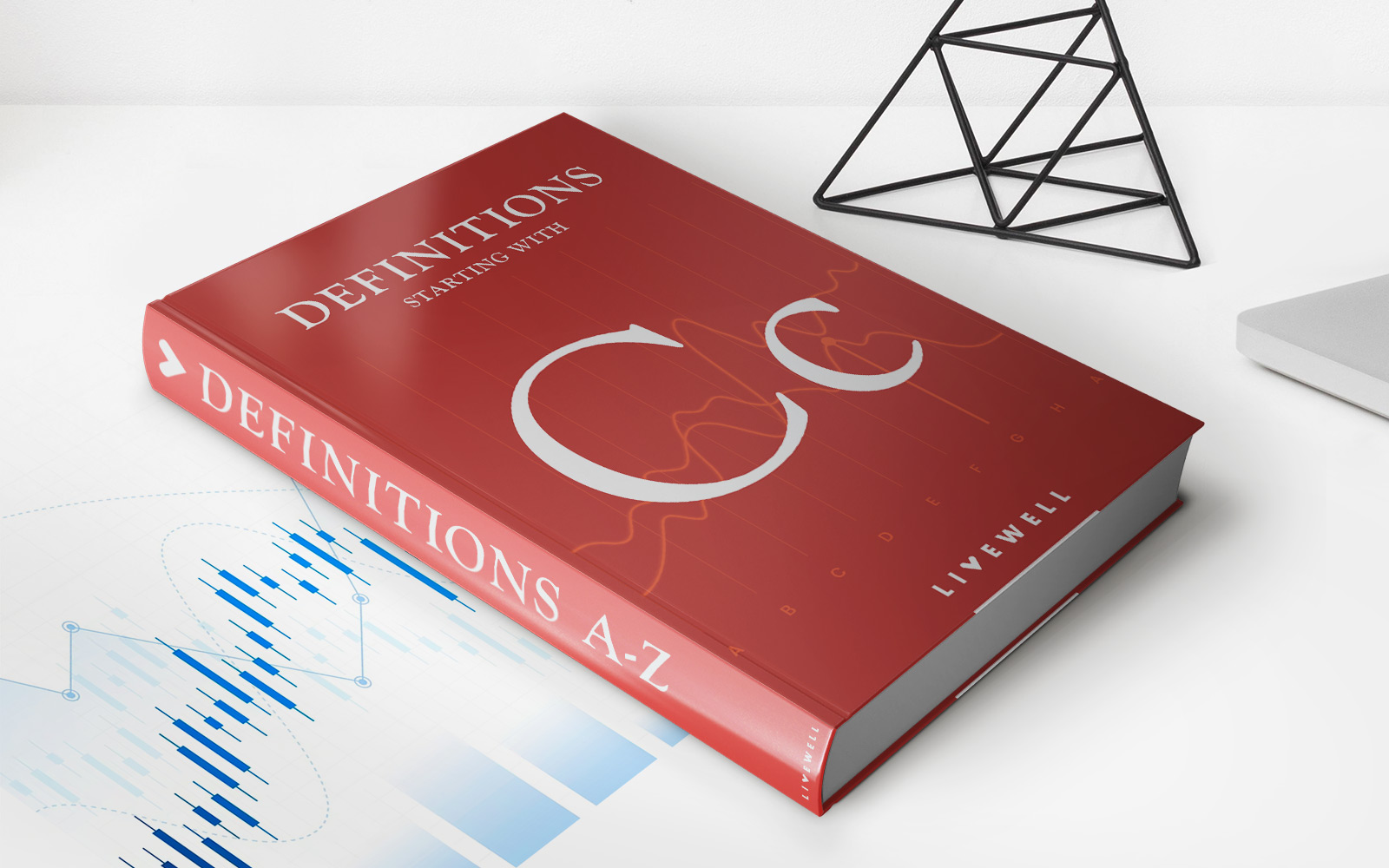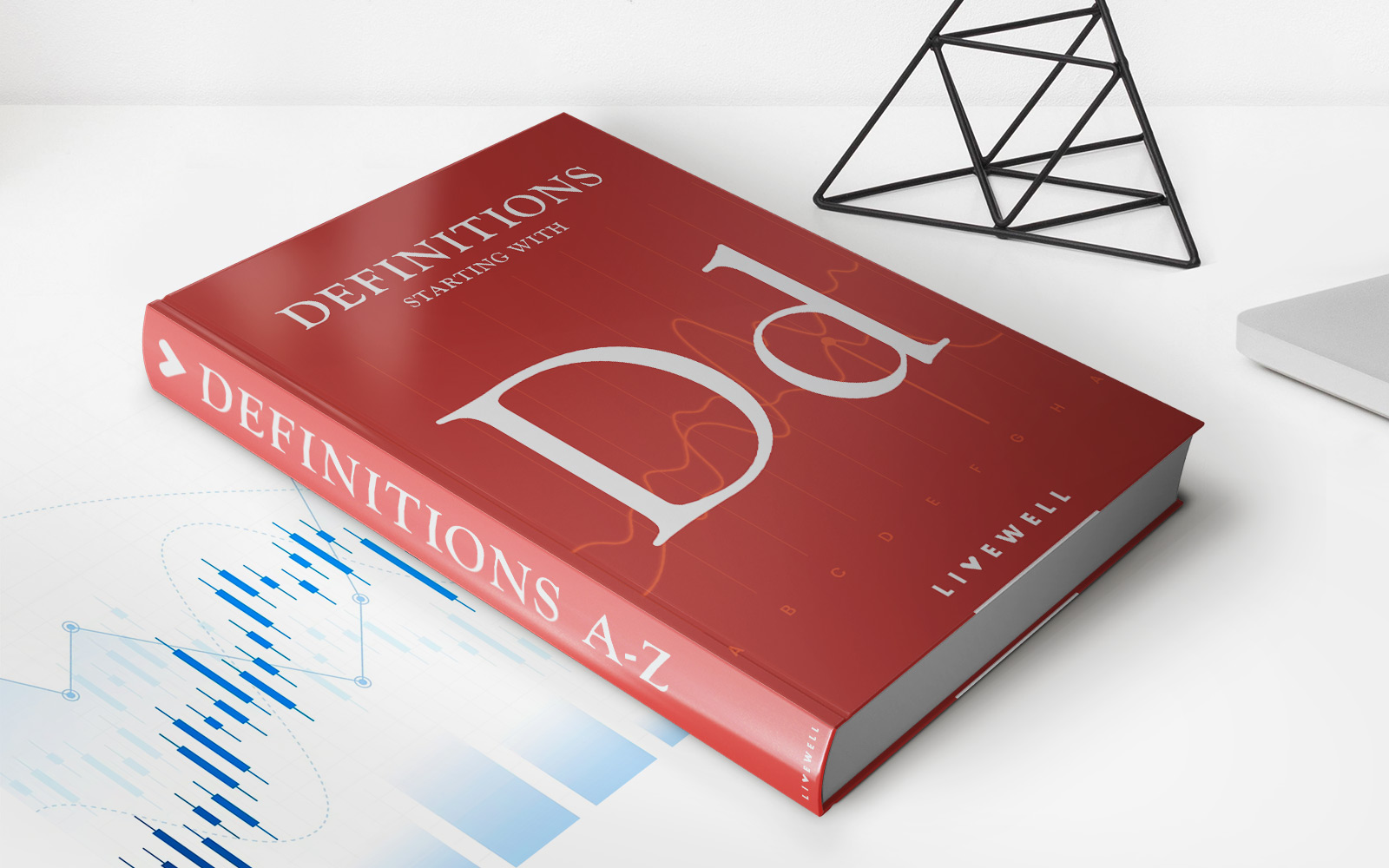Home>Finance>Economic Growth Rate: Definition, Formula, And Example
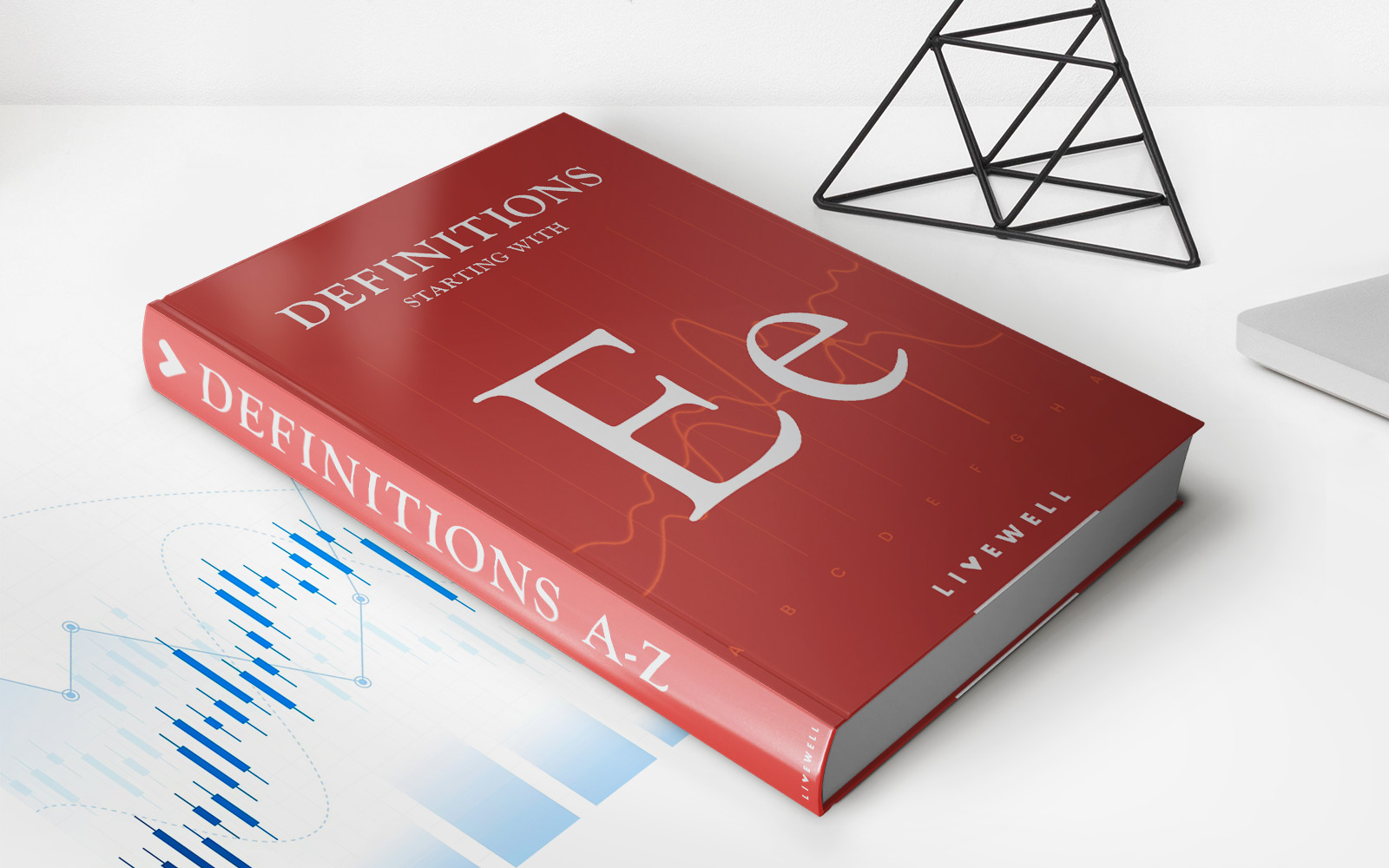

Finance
Economic Growth Rate: Definition, Formula, And Example
Published: November 16, 2023
Learn about the definition, formula, and example of economic growth rate in finance. Boost your understanding of finance today!
(Many of the links in this article redirect to a specific reviewed product. Your purchase of these products through affiliate links helps to generate commission for LiveWell, at no extra cost. Learn more)
Economic Growth Rate: Definition, Formula, and Example
When it comes to understanding the health and progress of an economy, the economic growth rate is a fundamental indicator. It provides insight into the rate at which a country’s economy is expanding or contracting over a specific period of time. In this article, we will dive deep into the definition, formula, and example of economic growth rate, shedding light on its importance and how it is calculated.
Key Takeaways:
- The economic growth rate is a measure of the percentage change in a country’s Gross Domestic Product (GDP) over a given period of time.
- It is an essential indicator of an economy’s performance, reflecting the overall health and productivity.
Defining Economic Growth Rate
Economic growth rate refers to the annual percentage change in the value of a country’s output of goods and services, also known as Gross Domestic Product (GDP). It represents the rate at which the economy is expanding or contracting, indicating its overall health and productivity. A positive growth rate signifies economic expansion, whereas a negative growth rate indicates a decline, or recession, in the economy.
Calculating Economic Growth Rate
The formula for calculating economic growth rate is relatively simple. It is calculated by subtracting the initial GDP from the final GDP, dividing that difference by the initial GDP, and then multiplying the result by 100 to express it as a percentage. The formula can be represented as:
Economic Growth Rate = ((Final GDP – Initial GDP) / Initial GDP) * 100
Let’s consider an example to further understand how to apply the formula:
Suppose the initial GDP of a country is $1 trillion, and the final GDP is $1.2 trillion. To calculate the economic growth rate, we use the formula mentioned earlier:
((1.2 trillion – 1 trillion) / 1 trillion) * 100 = 20%
Therefore, in this example, the economic growth rate would be 20%. This indicates that the country experienced a 20% increase in its GDP over the given period.
The Importance of Economic Growth Rate
Understanding the economic growth rate is crucial for various reasons. Here are a few key points highlighting its importance:
- Indicator of Economic Performance: The economic growth rate reflects the overall performance of an economy and provides insights into its ability to create jobs, generate income, and improve living standards.
- Predictor of Future Prosperity: Countries with higher economic growth rates tend to experience greater opportunities for investment, increased consumer spending, and improved living conditions for their citizens.
- Policy Implications: Policymakers often utilize economic growth rates to assess the effectiveness of their policies and to make informed decisions regarding fiscal and monetary measures.
In conclusion, economic growth rate plays a vital role in evaluating the progress and performance of an economy. By tracking changes in GDP over time, it offers valuable insights into the overall health and productivity of a country. Understanding the formula and implications of economic growth rate can empower individuals and policymakers to make informed decisions that contribute to long-term economic prosperity.
